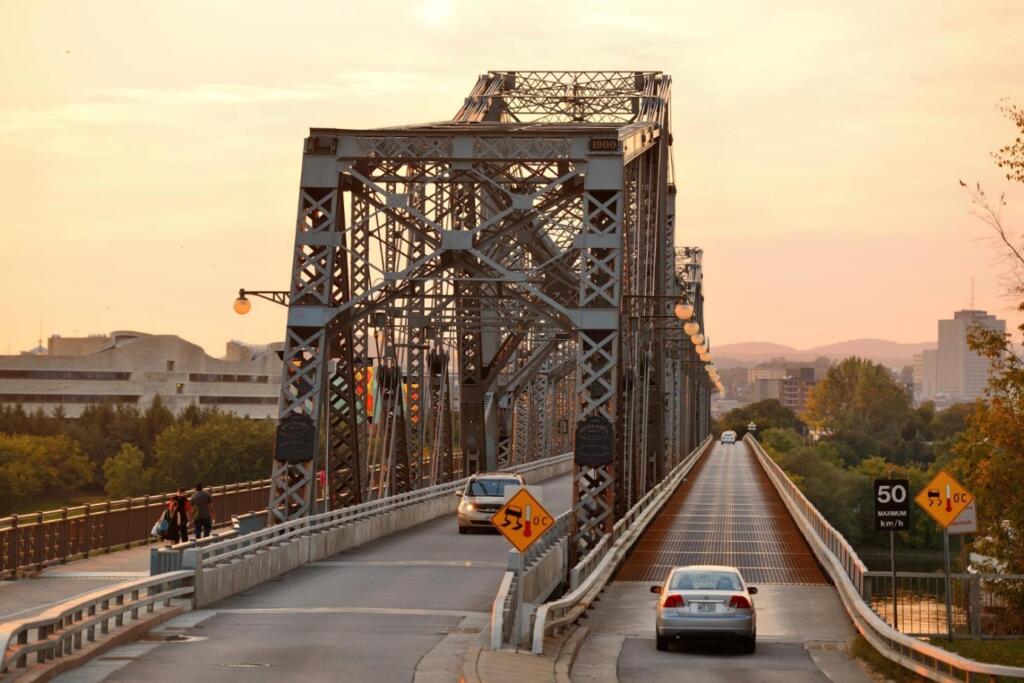Driving across a bridge might seem like a regular part of your day. However, car accidents on bridges are more common than most people think. The confined spaces make bridges dangerous compared to regular roads. These accidents come with complications, such as slow emergency responses and legal and insurance battles.
There are also quite a number of unsafe bridges causing accidents. CNN reported that 7.5%, or 46,100 bridges located in various parts of America, are deficient in one way or another.
Keep reading to learn more about what causes accidents on bridges and the complications involved parties face.
What Causes Car Accidents on Bridges?
Car accidents on bridges are often caused by:
- Weather Conditions
- Narrow Roads
- Bad driver behavior
Weather Conditions
Rain, ice, or fog make bridges slippery, leading to accidents. Bridges freeze faster than roads because they are elevated from ground level. They cannot also trap and store heat.
Roads use the insulating properties of the soil. Additionally, most roads are made of asphalt, which doesn’t quickly lose heat.
Narrow Roads
Narrow bridges have smaller lanes, which can cause complications when there is a lot of traffic and larger vehicles. Freeway lanes are 12 feet wide in the US, and rural roads measure 9-12 feet.
Old and rural bridges tend to be narrower. Some lanes are less than 10 feet, which creates a challenge for larger vehicles like trucks.
Bad Driver Behavior
Overspeeding on bridges, distracted driving, lane weaving, and not signaling when changing lanes may cause a crash. These car accidents can happen more quickly, considering the narrow nature of bridges.
What Are the Complications Involved in Bridge Accidents?
Here are the main problems that result from car accidents on bridges:
Chances of Multiple Collisions
As mentioned, bridges have limited space and room to avoid a crash. Therefore, when an incident happens, like a car stopping suddenly or two vehicles getting into an accident, the chances of multiple collisions immensely increase.
If a bridge is over water, there is a risk a car could go over the edge and result in a fatality. Another example is an accident happening on an overpass bridge. A car could break the guardrails and plunge from a greater height to the underpass below.
Slow Emergency Response
Once a bridge is blocked, it can be difficult for emergency services, including ambulances and police, to access the accident scene. The longer emergency medical services take to reach the injured, the higher the chances of mortality.
Additionally, traffic can be backed up for hours since there is no easy way to turn around or redirect vehicles. Not all bridges have shoulders; if there is an outer lane for emergency use, most are narrow, which doesn’t help with congested traffic.
Insurance and Legal Issues
Determining who is at fault in car bridge accidents may be complicated, especially when multiple cars are involved. Suppose the incident happened on a bridge crossing state lines or federally controlled. Parties might deal with varying laws and insurance rules depending on the state.
Insurance companies could also hesitate to settle claims associated with bridge accidents because of the high risks and costs. There might be structural damage if a car hits the guardrails or any destruction to the bridge’s structure, requiring extensive repairs or lawsuits.
How to Maintain Safety When Driving on Bridges
As a driver, here are some tips to help you stay extra cautious when driving on a bridge:
- Stay alert and focus on the road. Avoid and minimize distractions to reduce the chances of getting into an accident.
- Be extra cautious in weather conditions like rain, fog, or snow since most bridges are slippery and have low visibility.
- Maintain a safe distance from other drivers.
- Slow down, and don’t overspeed.
Conclusion
Accidents on bridges are more risky and have extra complications than regular road crashes. This is mainly because of the tight size and nature of these roads. Remember to be cautious and stay safe when driving on a bridge.
